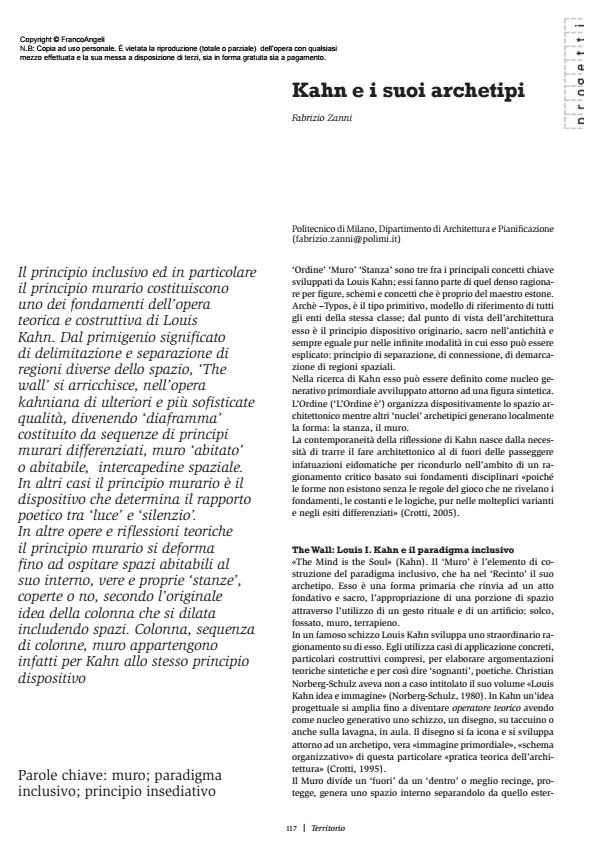Kahn e i suoi archetipi
Titolo Rivista TERRITORIO
Autori/Curatori Fabrizio Zanni
Anno di pubblicazione 2012 Fascicolo 2012/60
Lingua Italiano Numero pagine 3 P. 117-119 Dimensione file 169 KB
DOI 10.3280/TR2012-060021
Il DOI è il codice a barre della proprietà intellettuale: per saperne di più
clicca qui
Qui sotto puoi vedere in anteprima la prima pagina di questo articolo.
Se questo articolo ti interessa, lo puoi acquistare (e scaricare in formato pdf) seguendo le facili indicazioni per acquistare il download credit. Acquista Download Credits per scaricare questo Articolo in formato PDF

FrancoAngeli è membro della Publishers International Linking Association, Inc (PILA)associazione indipendente e non profit per facilitare (attraverso i servizi tecnologici implementati da CrossRef.org) l’accesso degli studiosi ai contenuti digitali nelle pubblicazioni professionali e scientifiche
The inclusive principle, and the wall principle in particular, constitute one of the foundations of Louis Kahn's theoretical and construction work. From the primordial meaning of delimitation and the separation of different regions of space, the "wall' in Kahn’s works acquires further and more sophisticated qualities, becoming a diaphragm, consisting of sequences of different wall principles: an ‘inhabited’ or inhabitable wall, a spatial interspace. In other cases the wall principle is a device which determines the "poetic" relationship between "light" and "silence". In other works and theoretical thinking, the wall principle is deformed to the point where it accommodates inhabitable spaces within it, genuine "rooms", with or without roofs, based on the original idea of a column which expands to include space. For Kahn, a column, a sequence of columns, and a wall all belong to the same device and principle.
Parole chiave:Wall; inclusive paradigm; settlement principle
Fabrizio Zanni, Kahn e i suoi archetipi in "TERRITORIO" 60/2012, pp 117-119, DOI: 10.3280/TR2012-060021